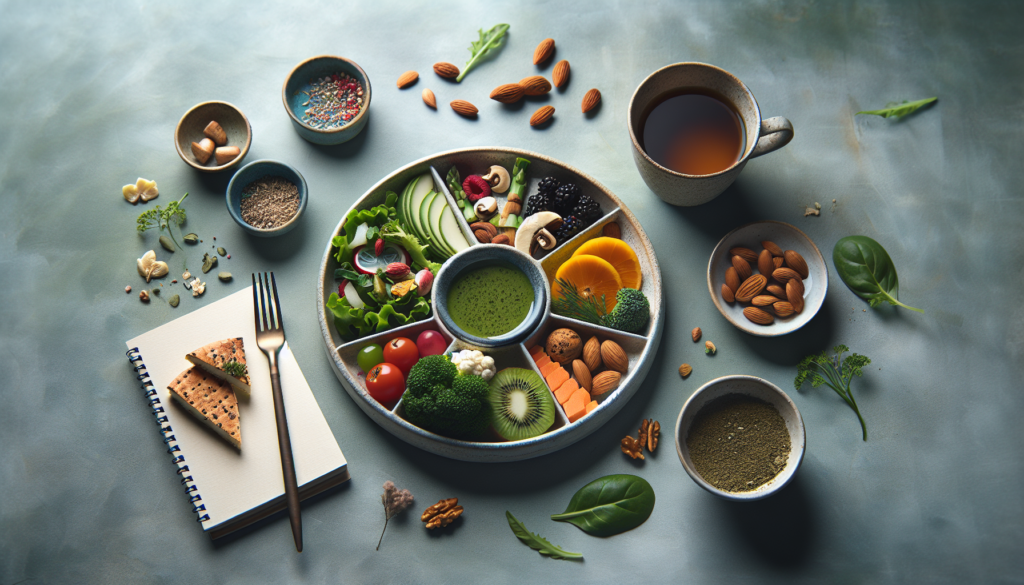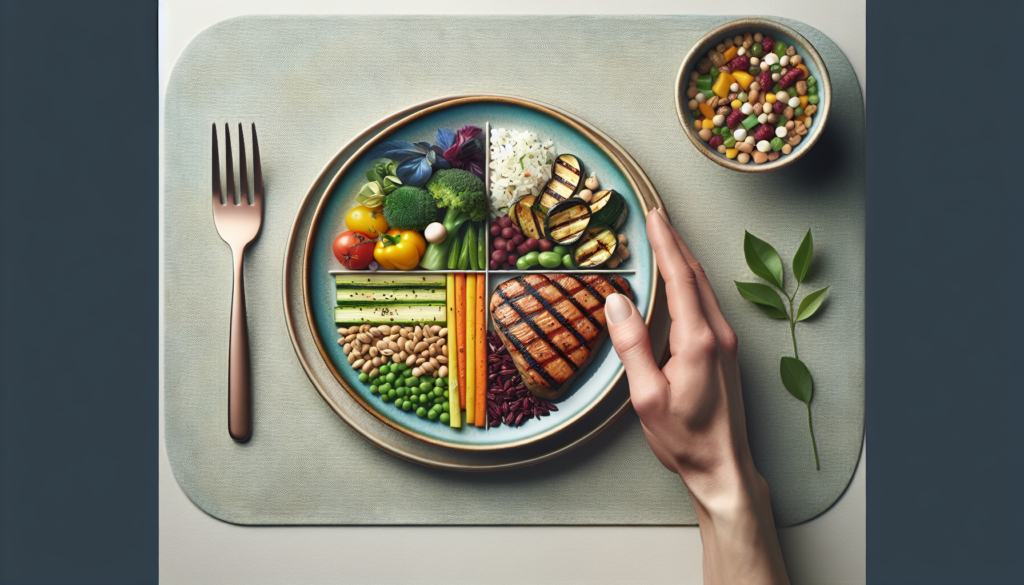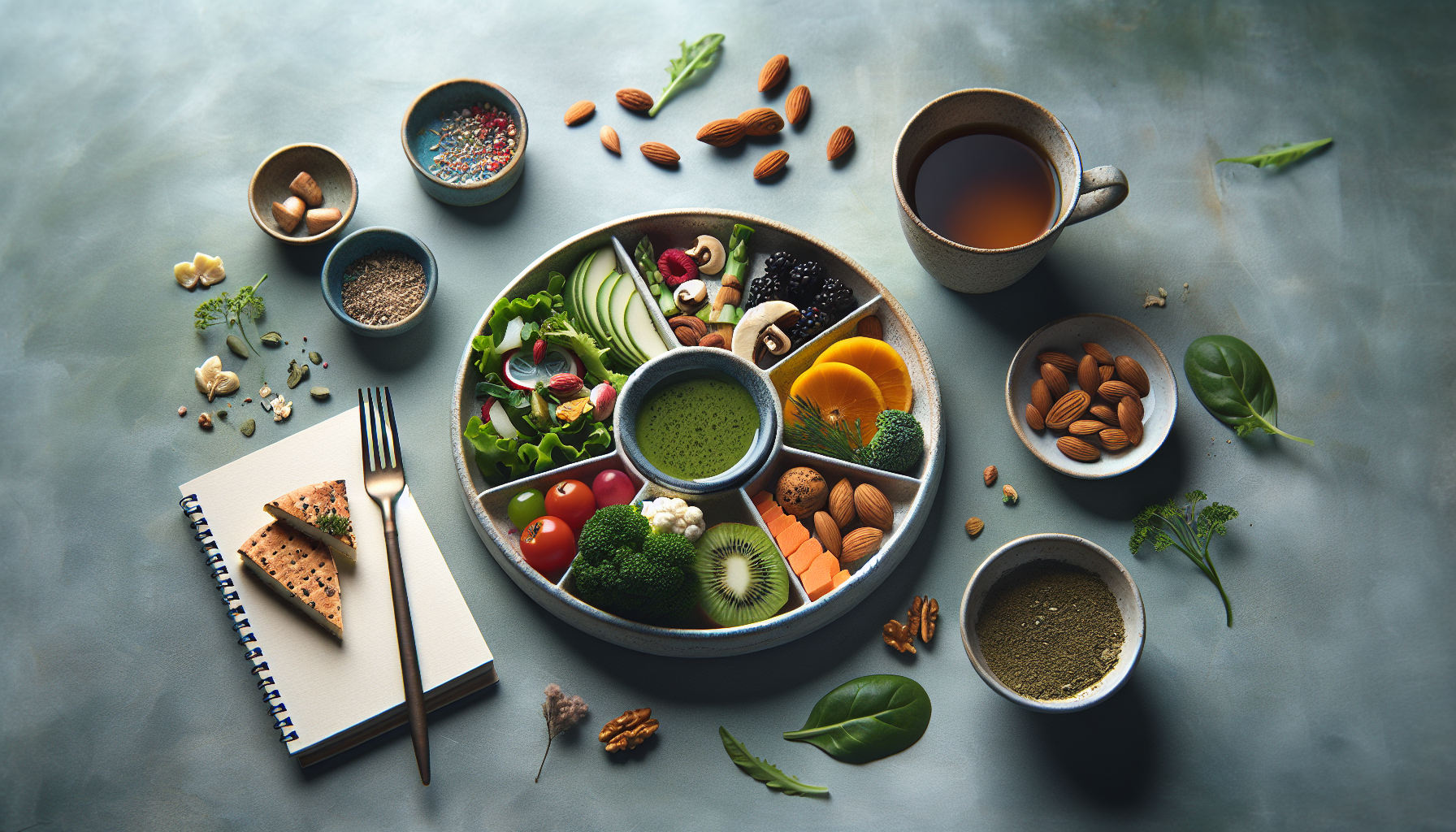Have you ever found yourself staring at an empty plate with no recollection of how you got there? One minute you’re opening a supposedly benign pack of cookies, and the next, it’s a cookie massacre—crumbs everywhere and a heinous amount of regret. If so, you’ve accomplished the impressive feat of an eating blackout, also known as overeating. But don’t panic; you’re not alone in this gastronomical mystery!

The Art of Trickery: Your Sneaky Stomach
While your stomach may try to convince you it’s related to a pit of never-ending emptiness, in reality, it’s more like a theater enthusiast with a penchant for drama. “Oh, I’m so empty,” your belly cries an hour after consuming what seemed to be a sensible meal. But don’t be fooled; it’s like the kid who pretends to faint during gym class because it’s off-put by the prospect of actual physical activity.
The Stomach’s Guide to Oscar-Worthy Performances
Your stomach’s persuasive monologues could put a method actor to shame. But how exactly does it convince you to commit to a buffet-style faceplant?
- The Growl of Doom: Like a James Bond villain, your stomach uses sinister growls to let you know it’s serious.
- Stomach Stretching: Overconsumption encourages a gentle expansion, giving you the idea you’re hungrier than a contestant during fasting week on a reality TV show.
- Hunger Confusion: Sometimes, it feels like your stomach may have mixed up hunger with needing to see that third cat video in a row.
But fear not, fellow food aficionado! There are ways to combat these deceitful tactics and help you outsmart this cunning organ.
Knowing Your Foe: Why You Overeat
Understanding why you overeat is like figuring out why cats knock everything off tables. It’s not just for giggles; there’s something deeper and slightly mischievous at play. If you don’t overeat, consider yourself a mythical creature—like a unicorn that can avoid rain and exudes confidence when looking in the mirror.
Emotional Eating
Emotions and food have a close-knit relationship, much like your left and right shoe—inseparable, yet cursed if they switch roles. Consuming food when you’re not necessarily hungry but rather emotional is as practical as bringing a swimsuit to a skiing trip. Here’s how it breaks down:
- Stress: Imagine your boss suddenly announcing you need to do a PowerPoint presentation. Now imagine a cheesecake placed neatly in front of you. You may find the latter more digestible.
- Boredom: Let’s face it, when you’re home alone on a Friday night sans plans, a pint of ice cream might become your cozy, delectable friend.
- Happiness or Celebration: Surprise, surprise—it’s not just the negatives! Sometimes we’re so-cheerful-we’re-too-cheerful and end up munching on a little too much birthday cake (even if it’s not our birthday).
Social Influence
If reality TV has taught us anything, it’s that humans are highly influenced by one another, especially when it comes to food. What’s the Good Samaritan to do when faced with:
- Parties: Attending a dinner party often means being slapped with an invisible ‘eat until you burst’ sticker.
- Peer Pressure: “One donut won’t hurt, right?” your friend asks as they shove another custard-filled glob at you.
- FOMO (Fear of Missing Out): If everyone else is having a second serving of Aunt Carol’s suspect casserole, you wouldn’t want to miss out, right?
Habitual Eating
Let’s talk motions of the ocean. Sometimes you’re not hungry for a snack, but your body is a creature of habit, so it grumbles about the absent popcorn during your Netflix binge. Repeatedly indulging in food due to routine is as mold-breaking as deciding the third monthly B-list celebrity product endorsement isn’t essential.
Portion Control: Size Doesn’t Always Matter But It Matters Here
A portion size is like a halting traffic light compared to a caution sign—it clearly dictates the culinary speed limit you’re supposed to abide by. But just like in driving, boundaries are often set, ignored, and covered by the garlic bread you’re pretending you didn’t eat.
Getting to Know Portion Sizes
If portion sizes were a sitcom character, they’d be that misunderstood sibling that everyone quietly respects. Here are some tricks to gauge portions without getting perplexed:
- Handy Measurements: Use your hand as a serving guide. One fist equals a cup of pasta or rice, while a thumb is about the same size as an ounce of cheese.
- Plate Method: Divide your plate into food zones—half for veggies, a quarter for lean proteins, and the final quarter for grains. Think of it as food-chart Tetris.
The Importance of Paying Attention
Being mindful of portion sizes isn’t just a suggestion made by nutritionists in cozy cardigan sweaters. It’s essential for maintaining balance without depriving yourself to the point where a lettuce leaf will start looking exciting.
- Mindful Eating: Focus on aroma, flavors, and textures rather than mechanically shoveling food like a human conveyor belt.
- Drink Water: It’s been around as long as time itself, and drinking water can be a nifty trick in gauging hunger. Often, dehydration can masquerade as hunger, and suddenly six slices of pizza later, you realize you just needed a drink.
The Table Method: Breaking it Down
Here’s a simple table to guide your plate proportion like a traffic cop for your appetite.
| Portion Guide | Food Group | Volume Example | Handy Visual |
|---|---|---|---|
| Half Your Plate | Veggies | Generous serving | Two handfuls |
| Quarter Plate | Proteins | Piece of chicken/fish | Palm-sized |
| Quarter Plate | Grains | Rice or Pasta | Cupped hand |
No, Second Helpings Aren’t Mandatory
Let’s face it—you can’t toot a horn about merrily avoiding overeating without mentioning the loaded-guilt train of second helpings. It’s kindled from years of hospitality, and the obligatory mindset of “eat more to show enthusiasm.” Here’s where practical strain meets the proverbial fork in the road.
How to Sidestep Seconds
Escaping second helpings is akin to sidestepping a puddle on a poorly paved sidewalk without ruining your shoes. Here’s how to deftly dodge second servings:
- The First Serving Strategy: Fill your plate sensibly, load it with veggies for volume to trick your brain into thinking you’ve eaten more than the incoming tide of carbs you’re resisting.
- Pace Yourself: Eat with Zen-like calm and make the most of flavor savors. Consider it the “slow-food movement” without the competitiveness of speed-eating contests.
- Halt the Overconsumption: When someone charmingly insists, “have some more!” redirect with a charming, “Oh, thank you, I’m savoring this meal slowly. I’ll get some in just a bit.” (Said bit never comes, but shush).

The Psychology of Outwitting Your Inner Glutton
You don’t need Sigmund Freud to decipher why brownies call your name like sirens luring sailors to that island made entirely of fudge. Food often attaches itself to nostalgia, emotions, and memorable moments with fewer caloric insights. But here’s the cheat code to hack your psyche and your stomach’s incognito attempts to thwart you.
Misleading Colors and Lighting
Picture a bright, luminous cafe where everything’s so vividly colored it’s practically Instagram material. Zesty colors and playful lighting entice you to consume more, softening decision anxiety over whether you need another cupcake. It’s all visual trickery!
- Color Warfare: Red hues can stimulate eating, while blue or white might curb it. If painting your dining room isn’t on the table, perhaps just some placemats can do the trick.
Plate Sizes and Mishaps
Did your dish look as empty as your uncle’s 1980s forehead? Large plates trick you into dishing more while smaller ones leave you with responsible servings that delight in their usefulness.
- Plate Kaboom: Using smaller plates limits space and by default, food consumption. The kicker? You feel like you ate more in your plate-full euphoria.
Laughter (and Exercise) is the Best Medicine
So, you’ve read the tips, nodded knowingly, and still want a cookie afterward? It’s okay, you’re human, not a perfect robot that can march to the rhythm of an unbending kitchen life! Enjoy your food, but remember—eventually get up and do something active. Whether it’s prancing around your living room like an excitable poodle or running (and by running, I mean imagining you’re competing in a donut heist marathon)—do what rings your bell, calorie-conscious or not.
The Joy of Movement
Have you ever seen how toddlers move? The conviction, the excitement, the sheer willingness to bounce like a hoarded rubber ball? Reintroduce yourself to that state.
- Activity Triangle: Should you engage in aerobics until you levitate? Nah. Opt for breathable activities like dancing, chasing your pet, or enthusiastic mop-speed-ster sessions in the kitchen.
- Habit Formation: Start small; even a ten-minute walk post indulgence is perfect, and you’ll instinctively reach for sneakers when your body’s leading the cheering section.
In Conclusion: Bonne Appétit, But Smartly!
Here you are, ready to battle overeating like the mythological culinary champion you were destined to be. Armored with witty techniques and an arsenal of helpful hints, you have the wisdom to dissuade your stomach’s attempted trickeries.
Remember—with a sprinkle of moderation, a dash of humor, and a touch of culinary mindfulness, you’ve got the knack to enjoy food without it quickly becoming an episode of “Foodies Gone Wild!” So go forth, snack smartly, and let your next meal be a testament that portion control doesn’t need to come without laughter or one-liners. You may even find yourself emulating portion control better than a magician with a dinner table saw—just hopefully without the disappearing act!
